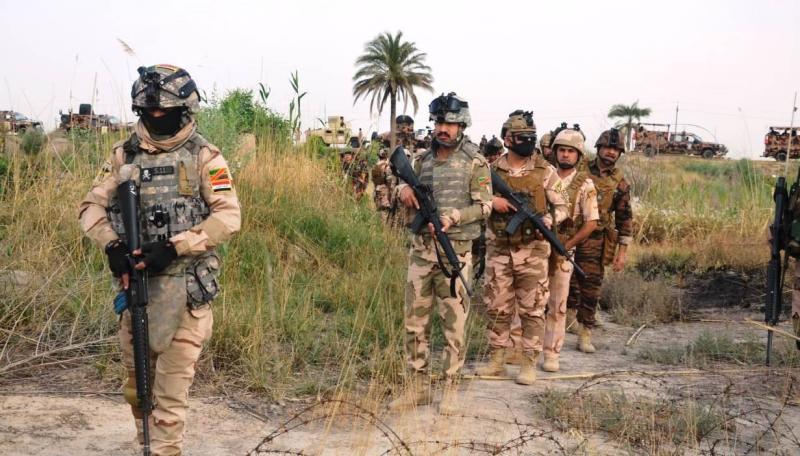Camp "Aisha" formed the most important launching point for ISIS cells toward vast areas in the provinces of Diyala, Kirkuk, and Salah al-Din after June 2014. It served as a base due to its significant geographic location and the concentration of the main leadership of the terrorist organization at that time. It had turned into a sort of operations room managing attacks for many months before it was targeted in liberation operations in mid-2015.
Fattah al-Izzawi, a leader in the Popular Mobilization Forces, confirmed that "the importance of Camp Aisha comes from its geographic location, which poses a direct threat to the security of the provinces of Diyala, Kirkuk, and Salah al-Din due to the nearby narrow roads." He stated that "the camp was destroyed years ago after a large-scale operation by the joint security forces, including the Popular Mobilization Forces."
He added to Baghdad News that "the nearby security belts have cut off access several times before any attempts by ISIS to return due to its location," asserting that "the camp has become a thing of the past, but efforts are currently focused on conducting large-scale operations to secure the lands surrounding it to prevent any infiltration."
He noted that "the termination of the threat from Camp Aisha contributed to enhancing the security of over 20 liberated areas spread across a vast geographic triangle extending from the Al-Azim area towards Suleiman Beg and the Hamrin areas as well as other nearby villages and small towns."
Security expert Thamer al-Azi pointed out that "Camp Aisha was the initial spark for the fall of the Al-Azim district, leading to the rest of the areas in Diyala after June 2024," noting that "the most prominent ISIS leaders were present there."
He added that "it is not a camp in the literal sense, but rather a stronghold due to its location among the high hills, and it included a special training ground for suicide bombers, forming the most significant human reserve for ISIS between the years 2014-2015 across the Diyala region in general," emphasizing that "controlling and destroying the camp reduced terrorist attacks at that time by at least 50%."
He mentioned that "holding Camp Aisha means cutting off infiltration routes between the Hamrin hills deep from Salah al-Din towards Diyala and vice versa."




